Get in touch with a Wide Plank Specialist to discuss the finish options available for the floor you have selected and provide recommendations based on the look you are trying to create.
Flooring 101: Securing your Flooring Boards to the Substrate
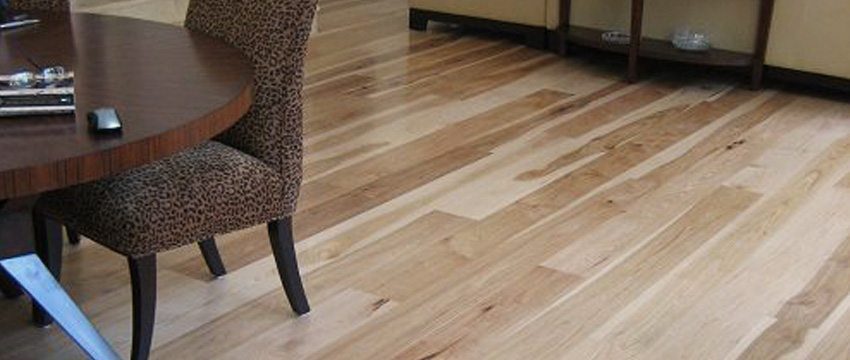
So far in our Flooring 101 series, we have covered many of the most popular questions that we receive from clients.
If you’ve been following along you’ve learned about acclimation, wood flooring styles, subfloor type, engineered hardwood flooring and solid wood floors, and unfinished and prefinished wood floors. Now that you understand more about the type of wood you want to use, and the type of subfloor you will use you can begin to understand the methods for securing your new Carlisle floor to the substrate you have chosen.
As you might recall from our an article earlier in the series there are a variety of subfloors you might be using. They include a traditional plywood subfloor, some kind of radiant heat system either in concrete or in plywood, or a concrete slab with or without sleepers. The type of subfloor you use will determine the method you use to secure the flooring. The style flooring you have chosen, and the overall look you wish to create will also play a role in this decision.
Here are the three most common:
Blind Nail & Glue
If you are installing your floor to a standard plywood subfloor then the blind nail and glue method is the best installation for you. You can use this method for pine, hardwood or reclaimed flooring if your floor was made with a tongue and groove edge, as seen below:
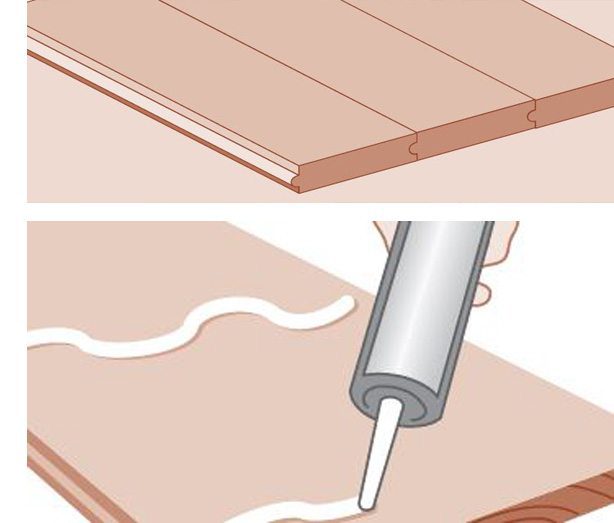 This allows you to blind nail the boards through the tongue and apply beads of glue to the back of the boards. Beads of glue are applied to the back of the boards with a caulking gun. Your installer will determine what type of use, and how it will be applied either in a zig-zag or railroad ties. Some popular glue’s for this method include PL-premium and Loba-Wakol. In some cases, your installer may use a full spread glue, which we will go over in the next section.
This allows you to blind nail the boards through the tongue and apply beads of glue to the back of the boards. Beads of glue are applied to the back of the boards with a caulking gun. Your installer will determine what type of use, and how it will be applied either in a zig-zag or railroad ties. Some popular glue’s for this method include PL-premium and Loba-Wakol. In some cases, your installer may use a full spread glue, which we will go over in the next section.
To blind nail, you will use T-nails or staples and a nail gun or pneumatic stapler. Your installer will determine which type of nail gun and nail/staple, and their size as part of the installation process. The nails are driven into the tongue of the boards so when the next board is set in place the nail is hidden.
This is the most popular, and the most efficient installation method for Carlisle floors and can be used on solid wood flooring and engineered wood flooring.
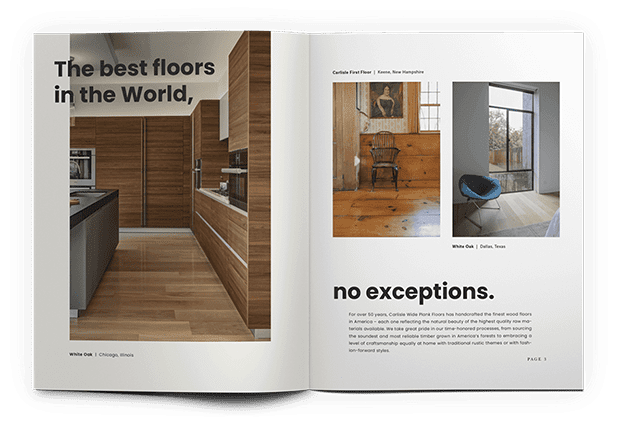
Endless Inspiration for the Floor of Your Dreams
GET DESIGN BOOKFull Glue Down
A full glue down installation is quite different from blind nail and glue. In this application method, the glue takes the place of your subfloor, nail, and glue of the previous method. The simplest way to visualize this process is to picture a paint being applied to a wall, as the glue is applied to the subfloor before the boards are set in place. Some popular glue down adhesives includes Bostiks Best, Mapei, Loba-Wakol, and Sika. The application methods for each of these adhesives will vary depending on the manufacturer, type of wood, subfloor, and installation conditions. You can use a full spread of solid or engineered wood flooring.
A glue down installation will be more time consuming. Typically your installer will come in on day one to install just the first row of boards in each room, then they must wait 24-48 hours, depending on the glue before they can proceed. This is due to the fact that the glue is applied in a thick layer and it will take time for the glue to cure and set up with the flooring boards in place. This installation method can also involve more equipment and creative carpentry to set and keep the boards in place while they set up in the glue. Because of this the glue down installation method can be more costly. However, if you were to factor in the cost of plywood, nails, and glue the overall average cost may be close to that of the blind nail and glue method.
 Face Nailing
Face Nailing
Face nailing refers to a process of installing nails into the floorboards where they will be visible after installation. This method is derived from the earliest homes in the country where eastern white pine flooring boards, sometimes 40+” wide were installed. At the time, hand cut wrought iron nails were the only way to secure these boards to the floor joists and subfloor.
Although we have much more sophisticated installation methods available today, face nailing is still used on some flooring styles.
It is commonly assumed that if you use a board over 5″ wide that you must face nail the boards, or install plugs, to keep the boards flat. While that might be the case with lower quality hardwood flooring on the market, that is not the case with Carlisle floors. With Carlisle’s higher quality standards, SlowCraft manufacturing process and proper installation methods, we have installed boards up to 20″ wide, with no face nails, that are still flat and stable today. Face nailing does add more labor and cost to the installation so if your installer has recommended this for your new Carlisle floor speak with your specialist to make sure it is necessary before you proceed. The only time you must face nail is if your floor was made with a shiplap or square edge.
The decision to face nail a floor all depends on the overall look you want to create, your personal preference and the type/thickness of your subfloor. The most popular floor to face nail is our historic Eastern White Pine flooring, especially if you are trying to create a vintage or restoration style floor.
You can also install antique cut nails in heart pine flooring but it will require pre-drilling prior to installing the antique cut nails.

It is very uncommon to install antique cut nails in hardwood flooring or antique wood flooring. If you decide to face nail your installer will determine the size of the nail you need and the nailing pattern they will use.
More Installation Information.
You can view and download more information on installation here.
– – – – – –
Please note that the exact installation methods and installation products used to install your Carlisle floor will be determined by the installation professional you have chosen for your project. The information provided above is for informational purposes only. If you have questions or need guidance on the installation of your new Carlisle floor, speak to your Wide Plank Specialist at 800.595.9663.


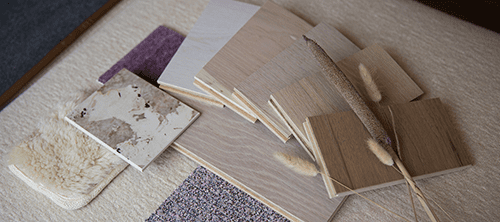
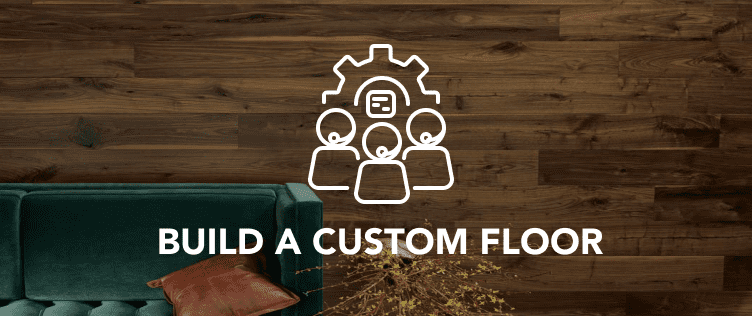
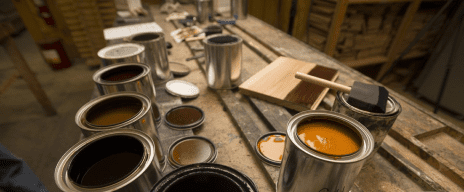

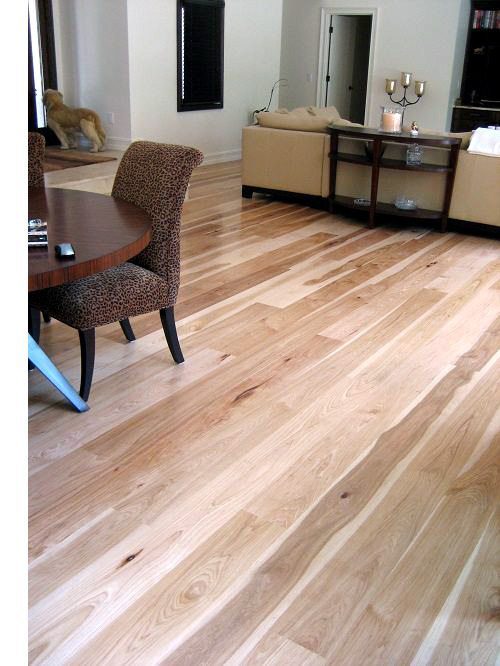 Face Nailing
Face Nailing